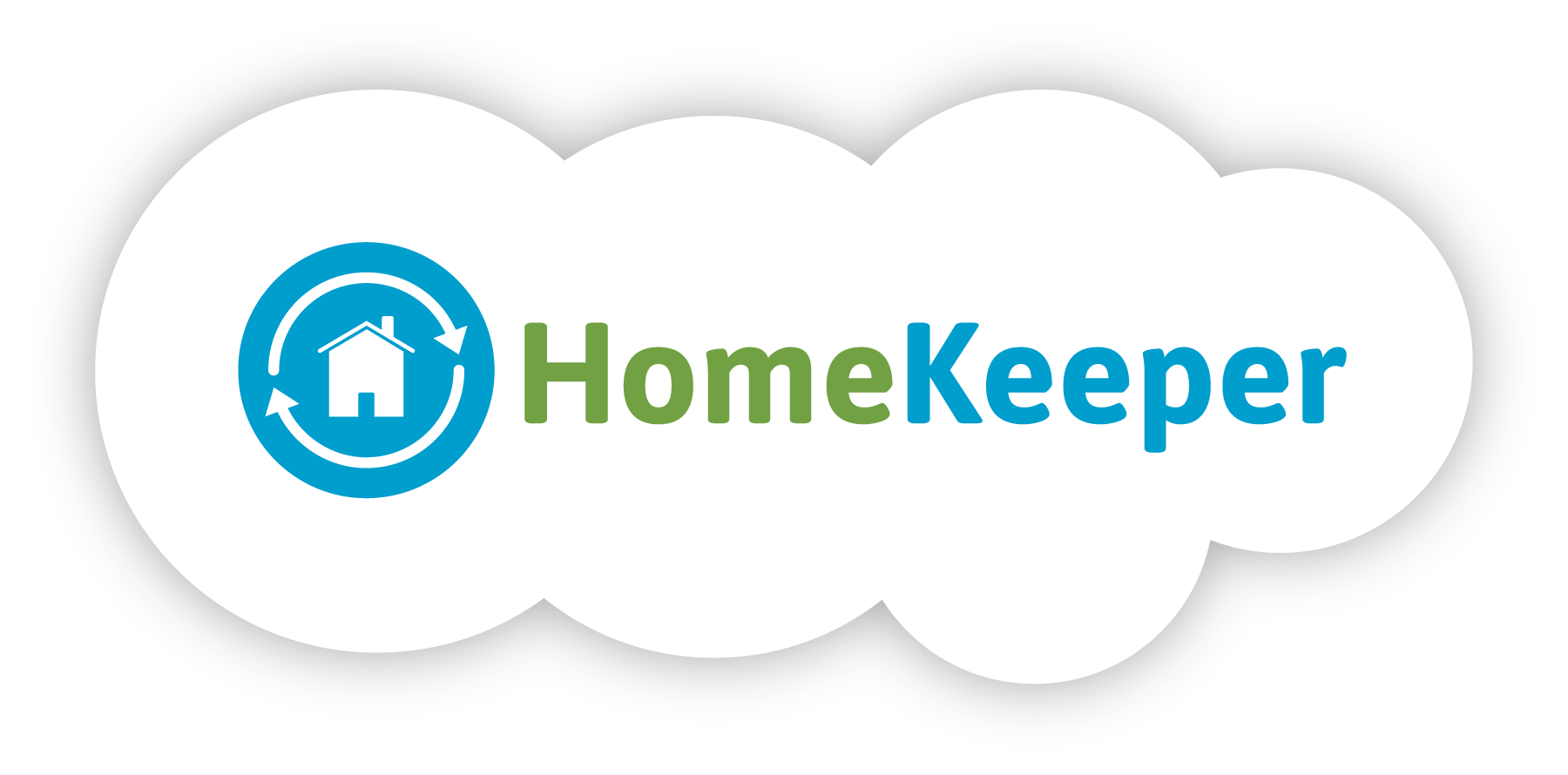HomeKeeper is just one part of our broader initiative designed to improve the way that our nonprofit sub-sector does their work. From the beginning, we engaged a broad set of National Outreach Partners including all of the national organizations that work with or represent local affordable homeownership programs. Together our Partners and local programs from around the country helped us identify shared principles and common outcome metrics. We then identified commons gaps in performance measurement, and in particular, the data points that would help them better tell their story. We also coordinated an “Early Adopter” pilot program with a diverse group of 32 organizations to help us collectively design and test HomeKeeper.
One of the first things we did when we launched Cornerstone was partner with the Urban Institute to measure the real outcomes of seven affordable homeownership programs. The results of this first-ever cross-site evaluation were extremely compelling. But aggregating apples and oranges was a tedious process and enough motivation to develop HomeKeeper. It took a team of researchers and interns, and hours of staff time to dig up paper files. One of the lessons we learned was that it would be impossible to replicate this study on a larger scale without some standard tool that programs would use to collect data.
Just to highlight one finding: In traditional ownership, less than half of low income buyers were still owners 5 years later; in our programs, 90% were. That is a big difference in outcomes. But measuring longer term outcomes like this is still rare. Most homeownership programs and their funders default to counting outputs – like how many homes they sell or how many households were served or how many millions of dollars were given in tax credits or grants to first time buyers. But as we know, getting people into homes is only half the story. We’ve built HomeKeeper to help tell the whole story.
HomeKeeper is just part of our ambitious effort at the local, regional, and national level. Each HomeKeeper app links to the HomeKeeper National Data Hub. The Hub aggregates and crunches HomeKeeper data from programs, and calculates our common social impact metrics. HomeKeeper participants receive access to an exclusive benchmarking dashboard where they can gain fresh insight by seeing their outcomes and performance alongside the averages for their peer group and the user group as a whole. We also publish a sector-wide public dashboard showing aggregate data for all of the programs submitting data to the Hub.
We didn’t set out to build a software product. We have designed HomeKeeper from the ground up to help programs use evidence to better understand what works. It is our belief that when people see what works for other people like them, they will change what they do.


